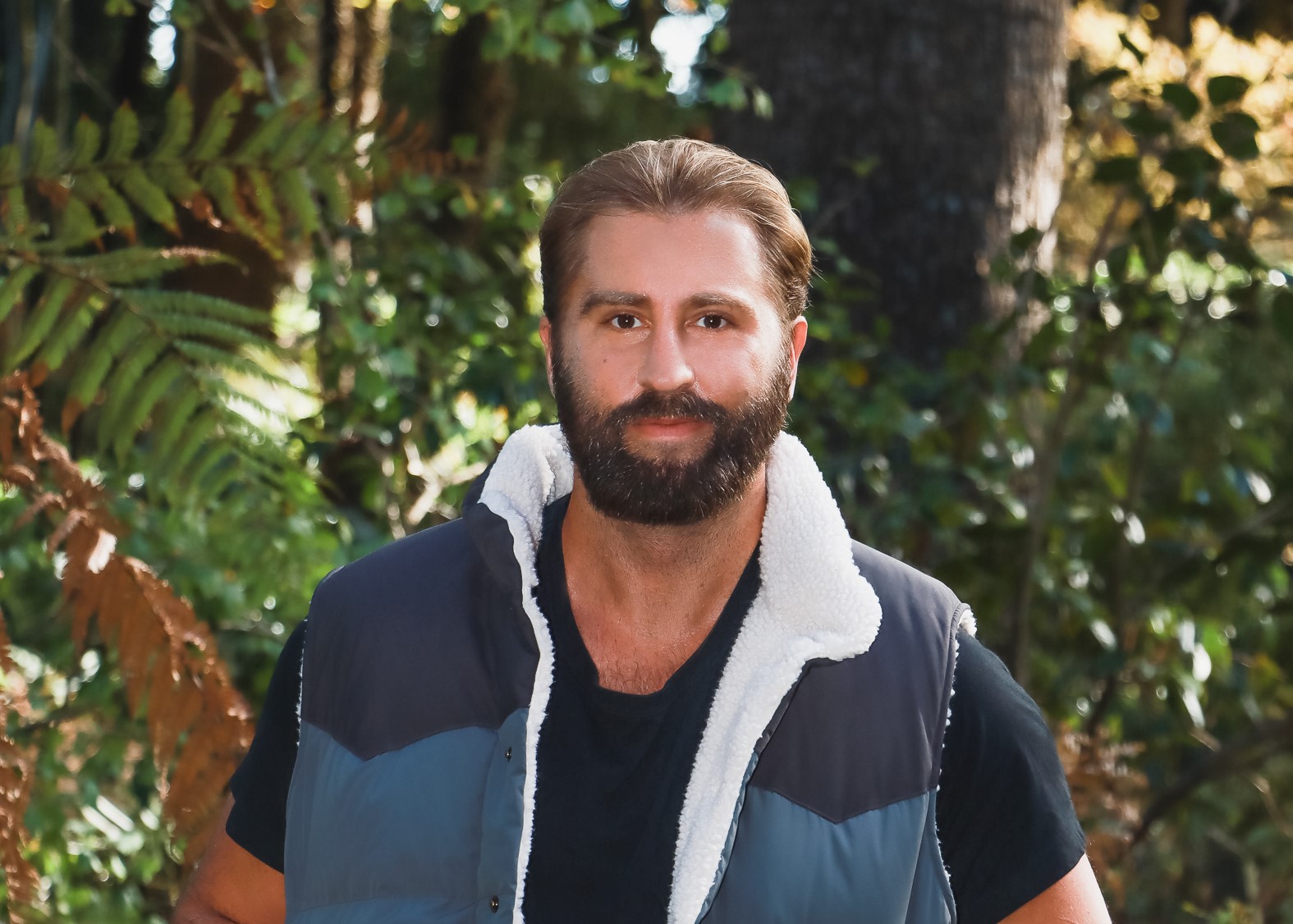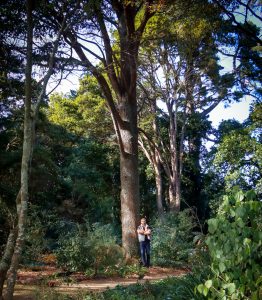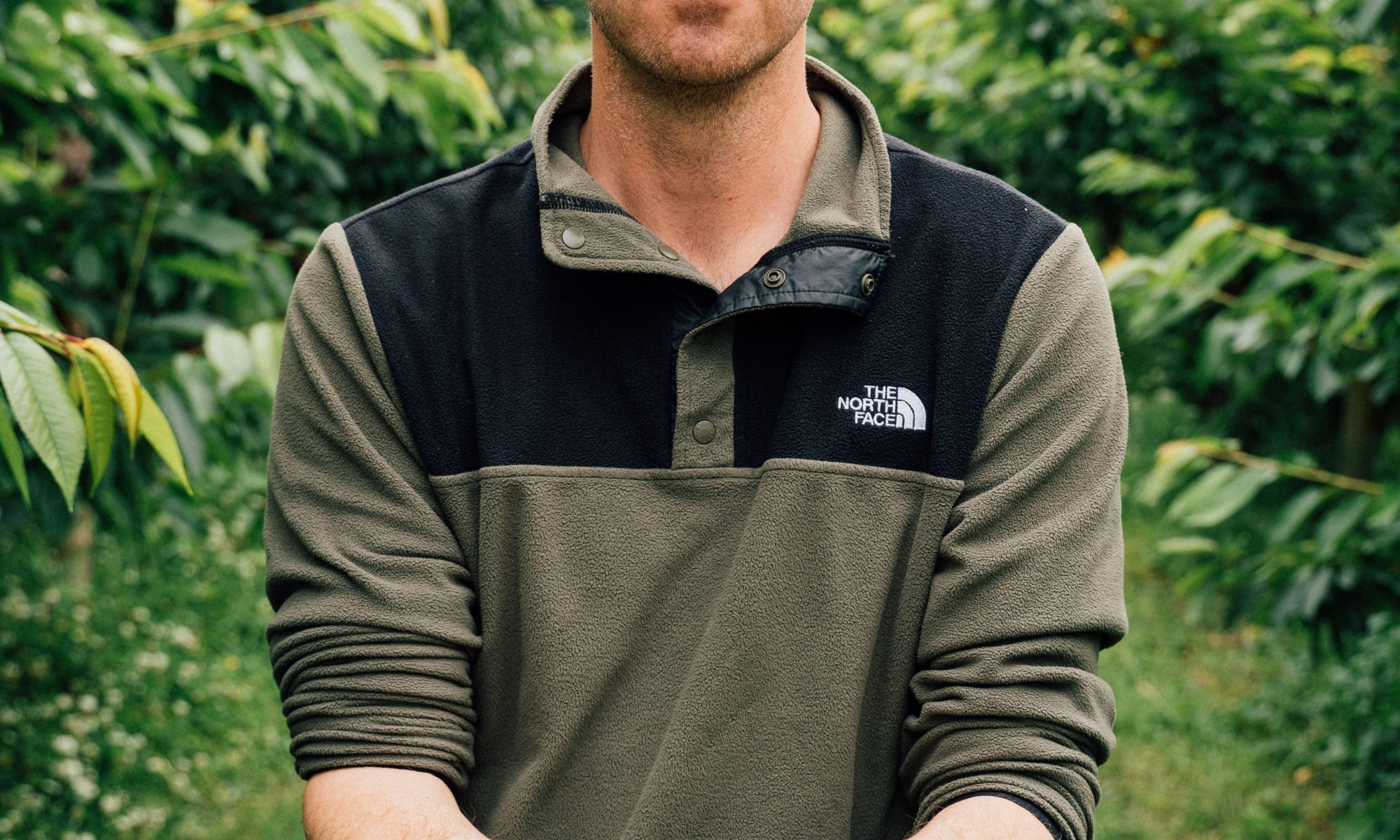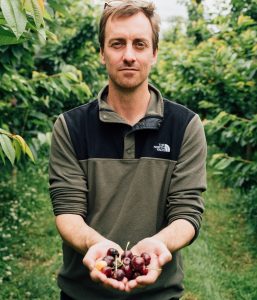For dairy farmer Deborah Rhodes, the future of the industry depends not only on looking after the environment and animals, but the human beings the industry relies on.
“Humanity is the least economically valued factor in our dairy industry workplaces,” says Deborah, a 2021 AGMARDT Leadership Scholarship, undertaking a Master’s in Health – Workplace Health and Safety.
“What we need from future leaders is to bring this humanity, the duty of care and love of whanau, into our complex work relationships to create more equity and a balance of work and life outcomes in our industry.”
A registered nurse with a background in sales and marketing and project management in the international pharmaceuticals industry, Deborah owns a dairy farm in Collingwood with husband Tim and their three teenage children.
An active leader in the community and industry, Deborah sits on the Ministry for Primary Industry’s regenerative agriculture technical advisory group with past roles including school boards and Chair of the local Arts Council. She did stand unsuccessfully for the Fonterra Shareholders Council, Dairy NZ Board of Directors, and Golden Bay Community Board, to show commitment to the need for change.
Her driving passion is evolving leadership to support mental health, wellbeing, and workplace ethics for people in the dairy industry, looking to improve safety, wellbeing, and common good prosperity.
“Ultimately, common good action leadership is my take on the future for the industry and is driven by my experiences.”
Entering the booming dairy industry in 2010 as a second career, Deborah says she and husband Tim were surprised by the hierarchical nature of workplace relationships in the industry.
“We started out as farm assistants, right at the bottom of the ladder and it was there that the workplace injustices became evident. In an industry built on rapid growth with a lot of money at stake, employees were being squeezed to do jobs within tight timeframes, under huge pressure and with little opportunity for recourse.
“That motivated us to not only buy our own farm but do something for more equality.”
Deborah with husband Tim is pioneering healthier employment relationships in the dairy sector having developed the Responsible Work Relationships ™ framework with an accompanying app, that can be used to record, report, and trigger resolution, of relationship issues on farm.
“The framework has the potential to build regenerative workforces that are less hierarchical and exploitative, help retain staff and build skills for people to stay in communities, maintain performance, keep school rolls stable, and build more robust businesses in climate change.”
Supported by the AGMARDT Scholarship as part of her Master’s in Health, Deborah will be working to validate the framework and progress the app, also working alongside Māori to ensure the system is appropriate and accepted.
She sees the framework as being a useful tool to support the Employment Relations Act 2000, under which employers are responsible for the health and safety of their workers – including their wellbeing and psychosocial health.
She says farming contracts can be a far more significant driver of fatigue and harm to people than government regulations, but better measurables of production-based pay for share and contract milking arrangements, can then be a source of powerful metrics.
“Social and environmental metrics giving proof points of future food and fibre businesses will become imperatives for market approval of good, service and trade agreements.”
Deborah will also be using her Master’s in Health – Workplace Health and Safety study to better understand what type of leadership is needed to allow ‘common good action’ leaders to emerge and evolve in the dairy industry – and wider primary industry sector.
“Hierarchical structures can be an impediment to emerging leadership. When power is held, less leadership may be given, but common good action leaders achieve a lot because they understand the issues from the ground up.
“I have worked voluntarily for common good goals, and I know with responsible work relationships to restore our faith in humanity, means a long-term prosperous future for our primary industries.”








